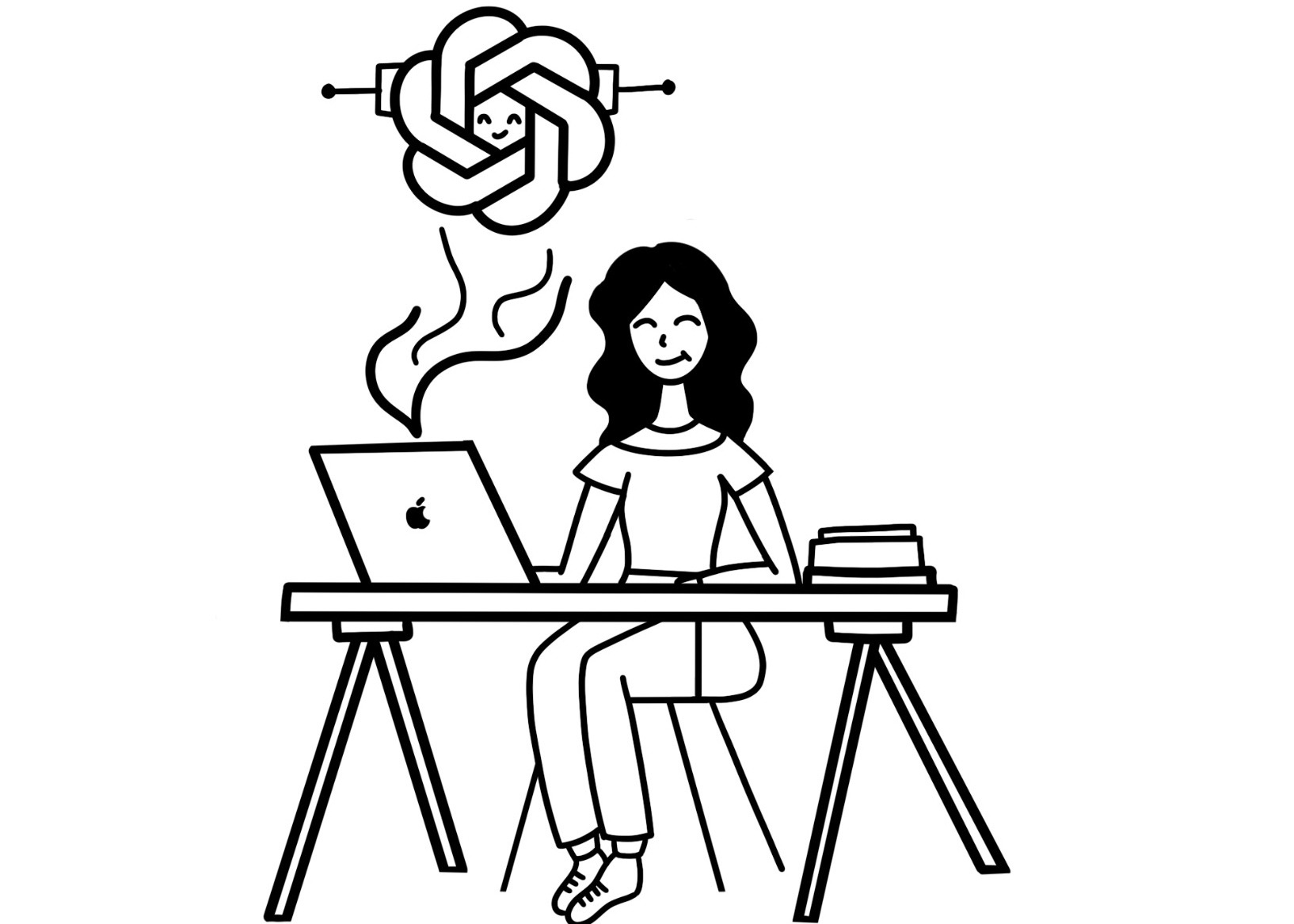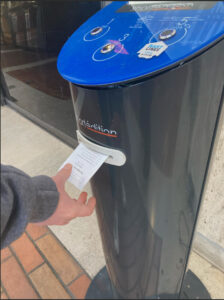ChatGPT, a new Artificial Intelligence (AI) software released in November of 2022, has elicited a variety of responses from students and educators alike, begging the question how will new AI technology change the world of education? The AI uses machine learning algorithms to answer virtually any prompt, spitting out anything from a five paragraph essay to a detailed recipe in seconds.
While some teachers, such as The Atlantic writer Daniel Herman, see ChatGPT as the “death of the English essay,” other educators, such as Forbes writer Peter Greene, noted that ChatGPT could become a tool for lesson planning. More locally, the Lick-Wilmerding High School English Department and Admissions Team have begun discussing potential impacts of AI on their own curriculum and essay assignments.
Rex Shannon, an English teacher at LWHS, is aware of this new technology his students may be using, but is confident that new AI won’t replicate their writing skills. Shannon put his most recent prompt for his Morrison and Faulkner senior seminar class through the program and got results that he described as generic and surface level. “A human mind is capable of making a connection between two super dissimilar things, and I feel like that’s ChatGPT’s weakness,” he said.
Despite the seemingly clear differences between a human mind and AI programming, it can still be tricky to decipher whether an essay is plagiarized from a bot. Vanity Fair special correspondent Nick Bolton prompted ChatGPT to write him a mini science-fiction story, then shared that story with his friends, asking them to guess which sentences were written by him, and which were written by the AI. His friends couldn’t tell the difference. “Then I fed the same text back to the AI and asked it to tell me which parts were written by a computer and which were written by a human, and ChatGPT guessed incorrectly,” Bolton said.
This undetectable plagiarism has been cause for alarm to students and educators across the country, including Edward Tian, a 22 year old Princeton University student developing an AI detection software called “GPTZero.” His new AI, which was released on January 2, claims to detect whether or not a piece of writing was written by ChatGPT. However, the bot is hardly perfect, and Tian recognizes that it still cannot detect AI generated writing 100% of the time. Additionally, students across the internet have been sharing ways to bypass GPTZero’s detectors, such as translating writing into various languages or shifting sentence structure.
However, Shannon is still optimistic that ChatGPT’s writing cannot surpass the complexity of his students’ ideas. “I think it undervalues the creativity that a live person brings. To suggest that a robot can capture what a student in Morrison and Faulkner can capture, I think it’s a disservice to students,” said Shannon.
Other educators, such as Greene, agree with Shannon. “ChatGPT doesn’t mark the end of high school English class, but it can mark the end of formulaic, mediocre writing performance as a goal for students and teachers,” Greene wrote. In this positive light, ChatGPT could become a valuable tool to test prompts and encourage more creative writing in schools. Shannon saw potential uses for the bot as a classroom learning tool, such as with an activity where he and his class would look over an AI generated article and spend time correcting it.
Admissions is another sector where ChatGPT brings up feelings of concern. Elizabeth Tackett, LWHS Associate Director of Admissions, is worried that if students use the bot to write their application essays and subsequently are admitted, they may not be prepared for the rigorous academics of LWHS. In this way, the program is harmful to both students and teachers.
“If a student writes a really wonderful essay, I am not usually concerned about what an academic transition would look like for them. But if they come into the school, they’re really struggling to write essays for class and we weren’t aware of potential resources they might need- that, for me, is the potential problem of ChatGPT.” Tackett said.
This new technology may lead the LWHS Admissions Team to reevaluate what kind of writing they are looking for in an applicant. Tackett sees the admissions office having to discuss the implications of the bot: “What’s more valuable to us: the experience the student is trying to explain in the essay or the way that they’re writing?”
It seems that LWHS leans on the side of experience. “For me it’s more like: what’s the heart behind this? Does the student align with our values?” Tackett explained.
Nevertheless, LWHS may start to consider other factors in admissions, such as an in-person essay, to make up for the discrepancies of AI technology. And in larger admission pools, such as college admissions, ChatGPT may start affecting processes as soon as next year.
Despite these concerns of AI plagiarism, according to Lucas Ropek’s article in Gizmodo, ChatGPT won’t hesitate to procure an answer, even if that answer is entirely fabricated. This could lead to seemingly-perfect essays riddled with inaccuracies.
But regardless of inaccuracies or conflicting opinions, one thing is clear: ChatGPT is here to stay. Humans have been adapting to new technology for centuries, and it seems that this AI is no different. “This technology isn’t going away, so how are we going to change?” Tackett asked.






